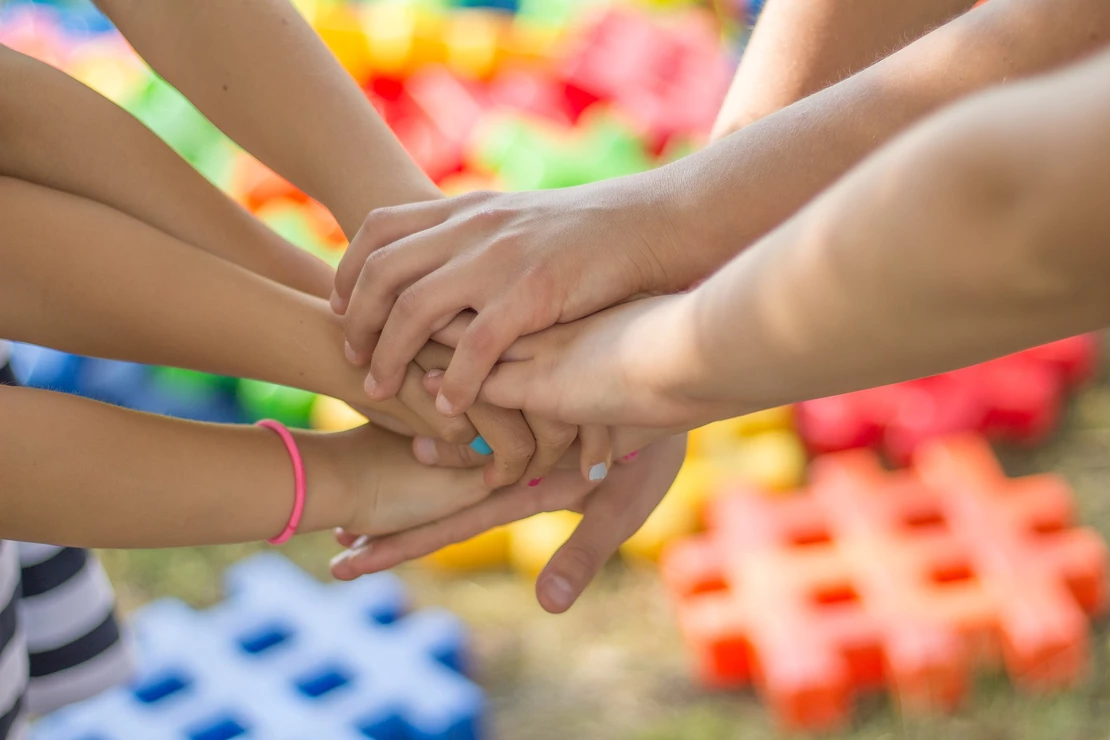
Social Media and Suicide Prevention: What’s being done and who’s responsible?
 November 29, 2017
November 29, 2017 With the light speed saturation of social media into a world of billions of real people, it’s no wonder that its influence is having an impact on our mental health. We’re developing new technologies and learning new things everyday across all fields of research, moving forward faster than any other time period before us. It’s a Brave New World, some might say.
To avoid writing a book on the topic, let’s hone onto the topic of suicide prevention since it’s recently been highlighted again via World Mental Health Day and a number of trending hashtags on social. We all probably have a story to tell around this sad topic and know that more needs to be done to help those in need. With this in mind, what can be done via social media to help protect and help those in need at their darkest times?
With a number of high profile cases of suicides taking place live on Facebook, suicide notes being widely shared on social media platforms and a variety of other worrying incidents involving digital as a tool or catalyst; it would be dangerous not to pay attention to this issue. Is it the responsibility of the social media platforms to prevent suicides or is it the responsibility of us as friends, relatives and human beings to ensure we take care of the people in our lives?
Since the mainstream integration of social media as a communication tool, it’s also eliminating the need for real life, face to face interaction for many as well. Yes, social media at its best can help connect people across the globe and give you instant access to people you care about, but social media at its worst is a lonely and strange place to be. We aren’t all using social media at its best and it is impacting our mental health whether you’ve realised it yet or not.
Each social media platform now has in place a suicide prevention policy on how to help users who are posting content that suggests they may be at risk. There’s linguists, scientists and AI out there right now, analysing data and creating algorithms to improve how these suicide prevention policies can be used via extremely in-depth research. You can even donate your personal social media data to a charity to help in this fascinating and valuable research.
Most social media platforms offer an automated system or online form that allows people to report content that appears to be representing a suicide risk. The reported content is then sent to a real life moderation team who will contact the user at risk to let them know that someone is worried about them and how they may be able to seek help. This help email from the social media platform often includes links to relevant suicide prevention charities. Facebook even offers up pre-written personal messages that the worried friend could send to check in one to one with the at risk person. But, is this good enough? Doesn’t it make you wonder why you wouldn’t just send that friend a personal message without prompt to see if they’re ok instead?
It seems more human and kind to take the personal approach instead of hoping that some strangers sat in an office in the States, being paid a salary will make sure your friend is ok. It’s our responsibility as people to care for each other, it the most natural thing there is. The group of people you care about might be small or large but we can’t really live without them. That group of people might be your family, your school friends, your partner or friends you met on MySpace 10 years ago. If you’re what they class as a millennial it could quite likely be any combination of the above and it varies for each individual. Whoever you care about, make sure you check in on them regularly one on one and in real life if you can. If you can’t see them in real life for whatever reason, a quick WhatsApp message or direct message on social media is all it takes.
Be kind to yourself and others by using social media wisely.


 Share This Post
Share This Post